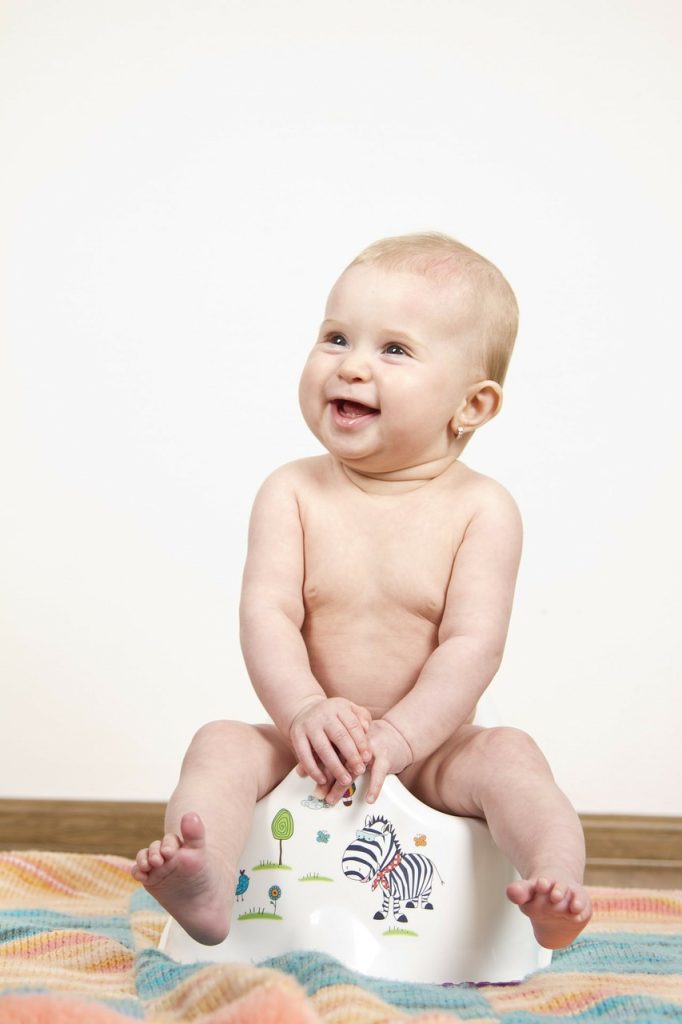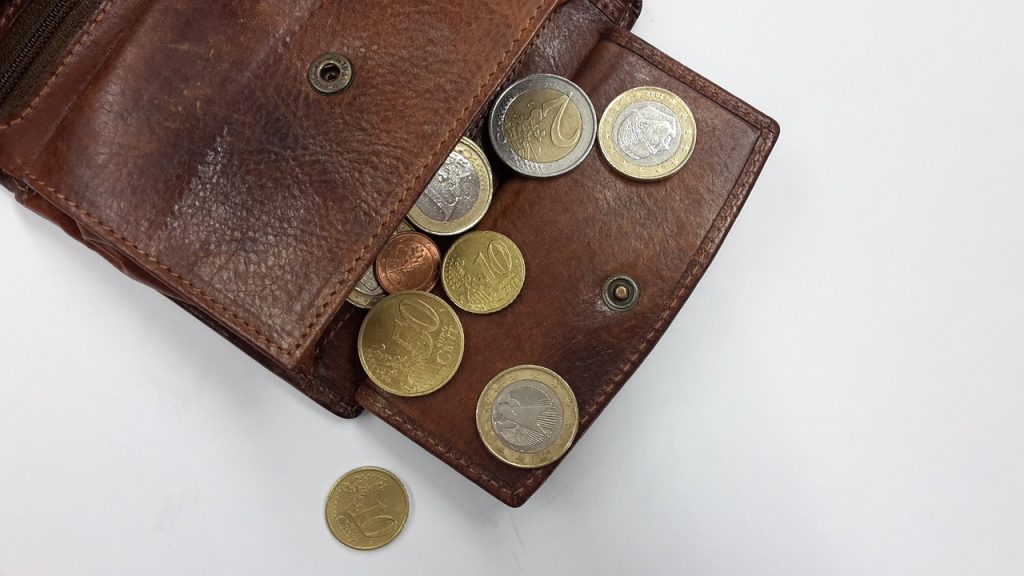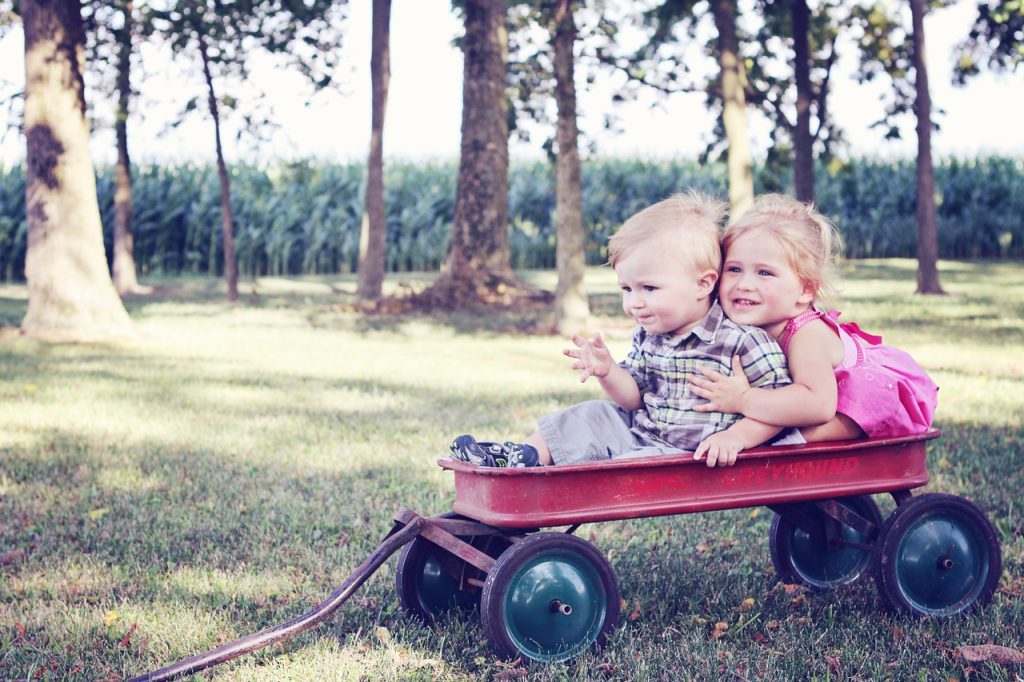A recent short trip abroad is all it takes to remind me of how difficult it can be travelling with little ones! The last thing any family or nanny wants is to have attention drawn to a restless toddler or crying baby, but as we all know we’re generally on a knife’s edge between a calm flight and a stressful one with small children.
If you’re a nanny and have to travel with babies or young children in your care, we have put together a survival guide to ensure that you don’t become the person in charge of ‘that annoying child on the row in front’, and possibly even have an enjoyable flight!
- Prepare beforehand – when the flights are booked, if possible make sure that you request the front row of seats, so that you have more leg room. The child has more room to move around on the flight, and will not be annoying anyone in front by pulling on the backs of seats.
- Nap time – if you have a child in your care who is good at taking regular naps, try to ensure that flights are booked and taken at nap times, so that the child is more likely to want to sleep on board.
- Choose toys wisely – in other words, use your common sense on this one and don’t take large toys that will take up too much room, or small toys with lots of fiddly bits that will end up getting lost. A few simple toys which pack lightly and tightly are best, and a small comfort blanket instead of large items.
- Concentration spans – a very helpful Nannyjob Facebook fan informed us that children have 1 minute of concentration per year of their age, so if the 3 year old in your care is finding the window shutter more interesting than her Barbie after 5 minutes, don’t expect her to be any different, and go with her concentration, don’t force it.
- Be self sufficient – prepare yourself before the flight so that you aren’t going to be relying on airline staff to help you entertain or calm the children. They are busy enough and it isn’t in their remit, so don’t get stressed if the cabin crew overlook your crying toddler whilst serving your in flight meal – they just have a job to do.
- Travel light – we’ve all seen those families who seem to be carting everything and the kitchen sink on board, and are more stressed before take off just from lifting and carrying than actually having little ones with them. Only take essentials for both you and the children, and to make these essentials light ones!
- Distraction works! – Let’s face it – spending hours on end in one place is going to get a bit tedious for the most well behaved little one, so remember that for those hours it really is down to you to become the key source of distraction! If you sense a toddler becoming irritable and bored, get your creative hat on, become the circus, and think of a totally new thing to sing, play or do! You’ll be amazed what new games come out of a flight!
- Don’t apologise – children cry, children get frustrated and bored – it is not your fault, it’s what happens! If you see that smug couple with no children on the row behind tutting at this, then totally ignore them and stay strong.
- Be aware of ear pressure – This can be a really big deal. As someone who has suffered from ear pressure pain on flights since childhood, I totally empathise with the crying children I hear on flights when coming in to land. The only thing that works for me is a certain well known brand of sinus pressure pain and nasal congestion relief, which literally wipes the pain and pressure away like magic, and has started doing it’s own range of children’s products.
Do you agree with our ideas? Why not share your experiences on our Facebook wall?










